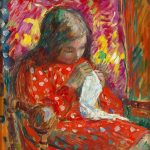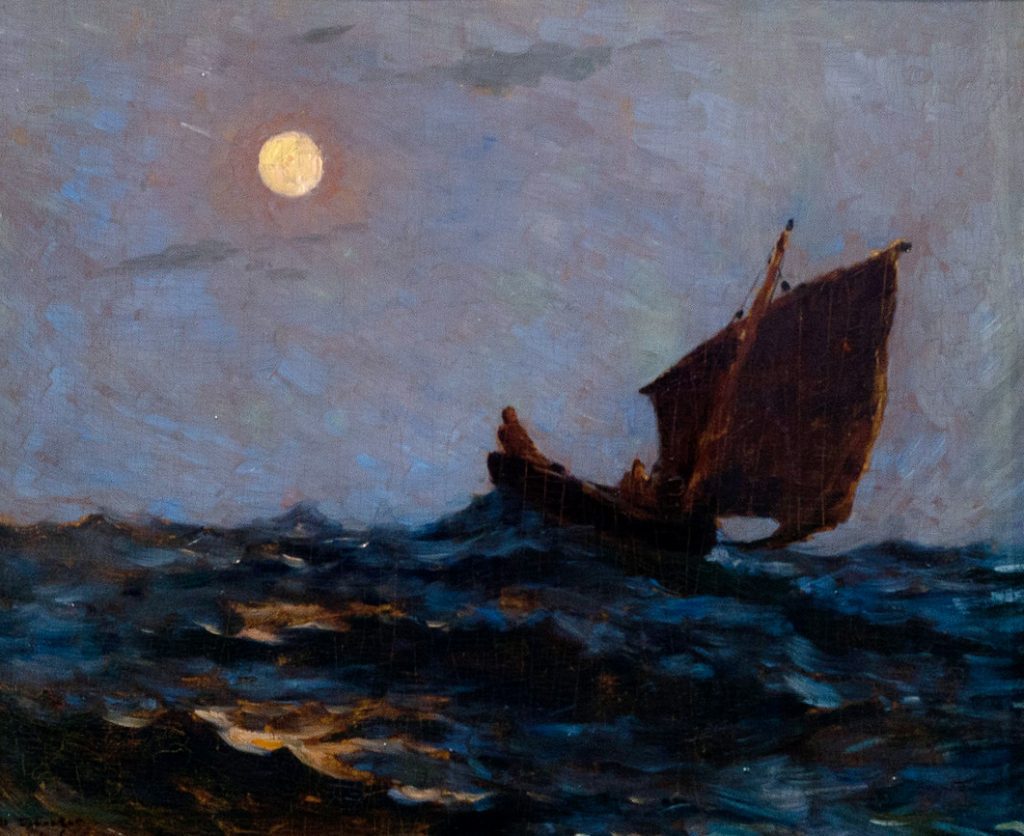
Henri Eugène Augustin Le Sidaner, born on August 7, 1862, in Port Louis, Mauritius, was a French painter who carved a unique niche within the Post-Impressionist movement. Though often associated with the intimist movement, which focused on the subtle interplay of light and color in intimate settings, Le Sidaner’s work defies easy categorization. His oeuvre is a testament to a deeply personal exploration of silence, solitude, and the nuanced interplay of light, offering a tranquil refuge from the rapid modernization of the early 20th century.
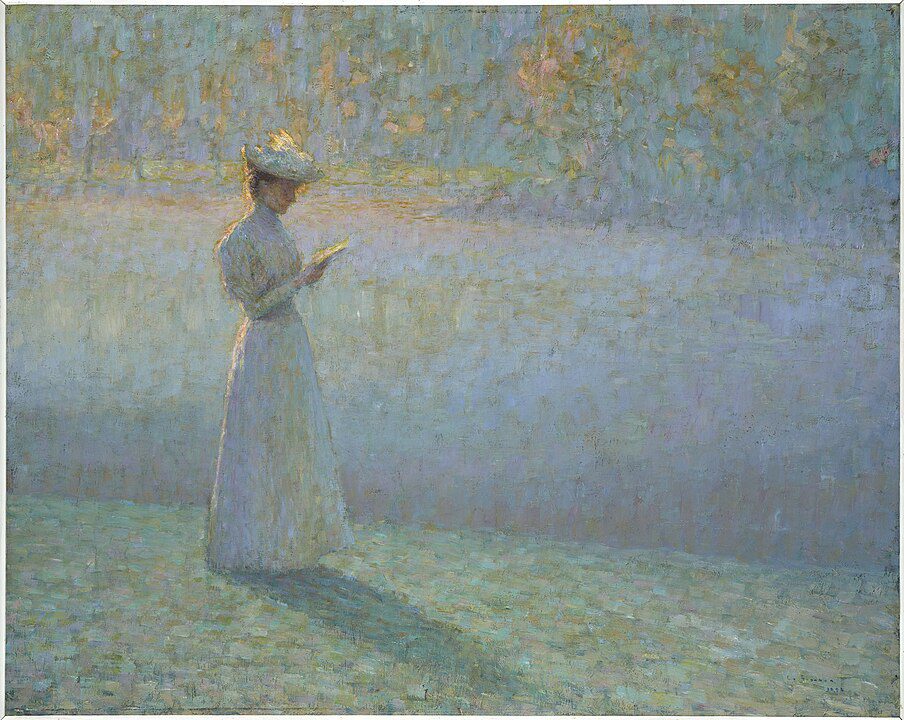
The son of a French navy officer, Le Sidaner moved to France at a young age. His formative years were spent in Dunkirk, where the unique quality of light in the north of France began to influence his artistic sensibilities. He pursued formal art education at the École des Beaux-Arts in Paris, studying under Alexandre Cabanel. However, Le Sidaner’s style diverged significantly from the academic teachings of his time. Influenced by the Symbolist movement and the muted, enigmatic works of the Pre-Raphaelites, he began to forge a distinct path that emphasized mood and atmosphere over narrative content.
Light and Color
Le Sidaner’s early work reflected the influence of Impressionism, particularly in his use of light and color. However, he soon evolved a more refined and poetic approach, characterized by a soft, luminous palette and a focus on serene, often deserted landscapes and interiors. His scenes are devoid of human figures, yet they pulse with the presence of unseen inhabitants, suggested by a lit window, a set table, or a garden path leading into the shadows. This technique imbued his paintings with a sense of mystery and contemplation, inviting the viewer into a world suspended in time.
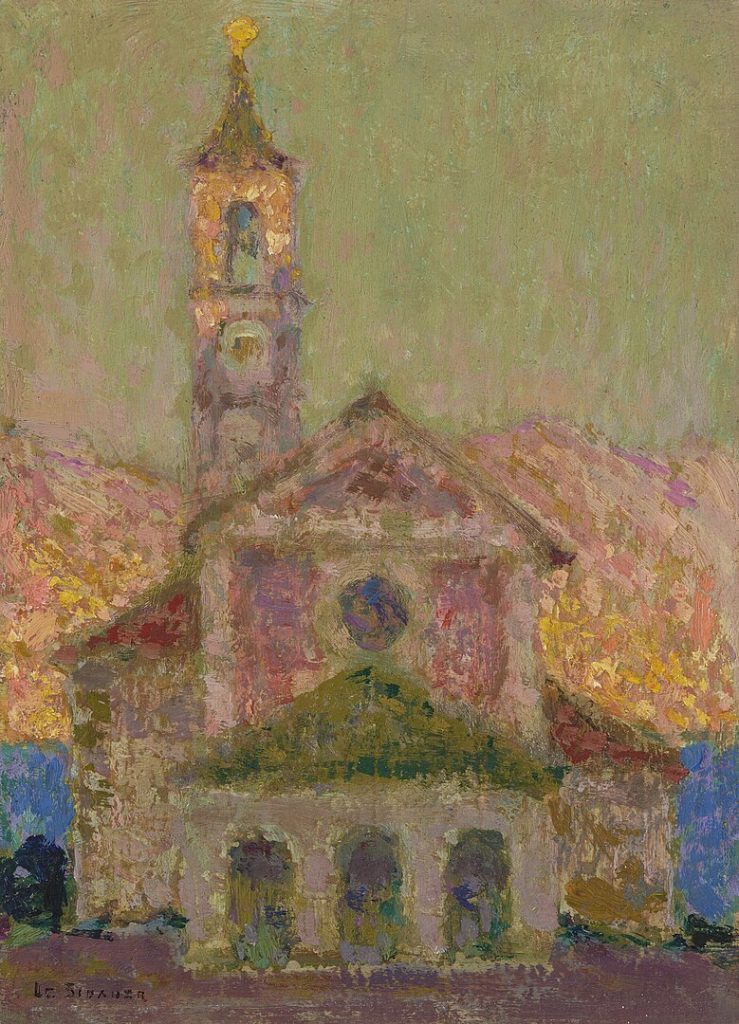
Throughout his career, Le Sidaner sought solace and inspiration in the quiet corners of France and beyond. He painted the ancient streets of cities such as Bruges, Venice, and Gerberoy, the latter becoming his home and the subject of many of his works. Gerberoy, with its medieval architecture and lush gardens, provided the perfect backdrop for his studies of light and shadow, which he captured at different times of the day and seasons, reflecting the transient beauty of the world around him.
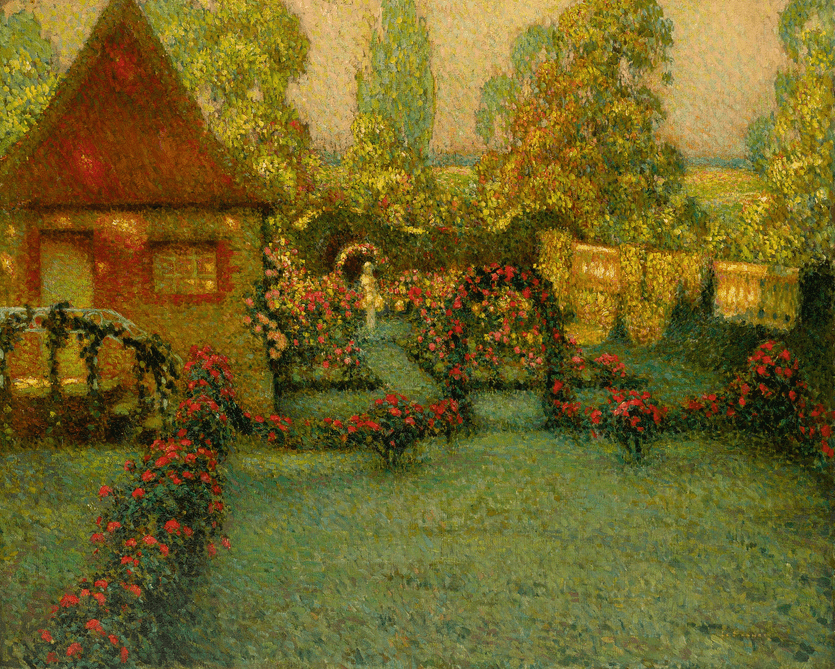
Le Sidaner’s intimate interior scenes are equally compelling, often featuring tables set with gleaming silver and fine china, glowing under the soft light of dusk. These settings, while devoid of people, are rich with the anticipation of human presence, suggesting moments of quiet reflection or the remnants of a convivial gathering. This interplay between presence and absence, light and shadow, became Le Sidaner’s hallmark, setting his work apart from his contemporaries.
Quietly Successful
Despite the quietude that characterizes his paintings, Le Sidaner enjoyed a successful career, exhibiting with the Société Nationale des Beaux-Arts and receiving recognition from the French state. His work was also well-received internationally, with exhibitions in London, Brussels, and the United States, among others. Today, Henri Le Sidaner is celebrated for his contribution to the development of intimism, a precursor to modern movements that sought to capture the subtleties of human experience and the ephemeral nature of light.
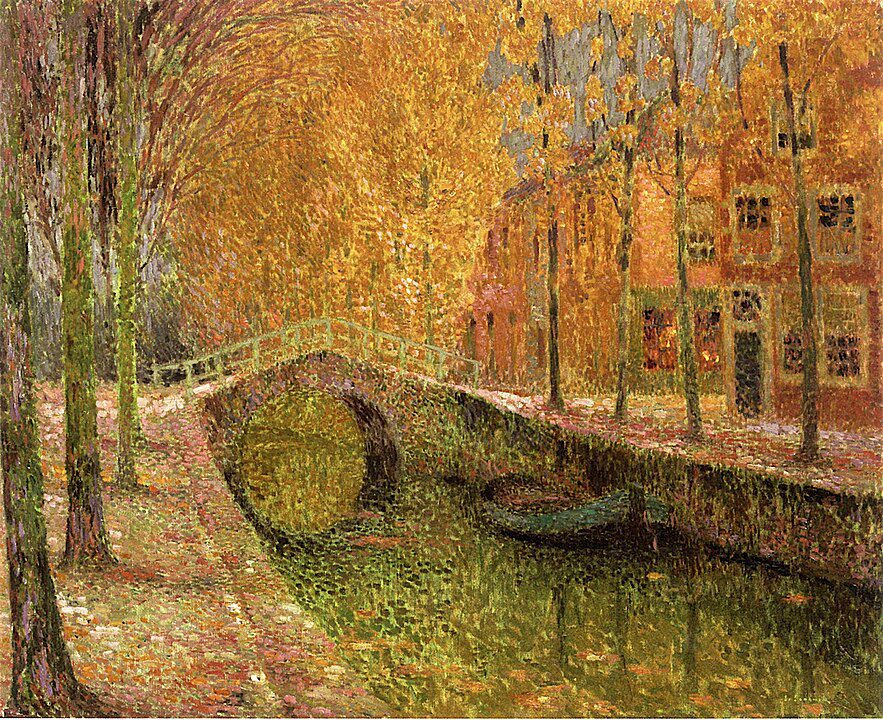
Le Sidaner’s legacy is that of an artist who, in the face of the tumultuous changes of his time, turned inward to explore the quiet moments that connect us to our surroundings and to each other. His paintings remain a testament to the enduring power of beauty and tranquility in an ever-changing world. Henri Le Sidaner passed away on July 16, 1939, in Versailles, but his work continues to enchant and inspire, offering a window into a world of serene beauty and reflective calm.

